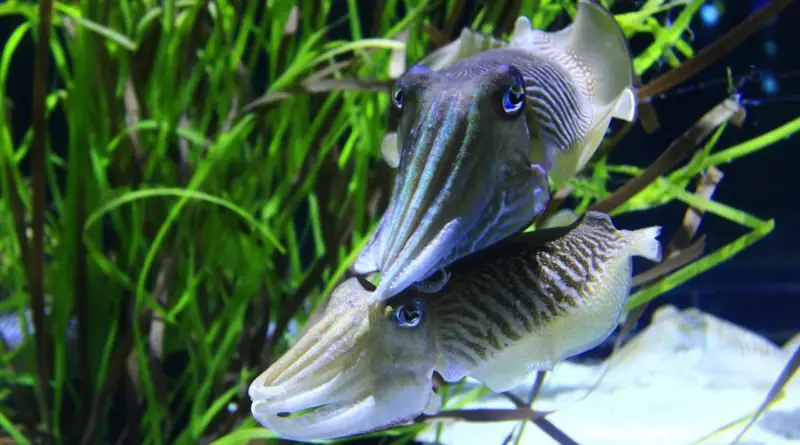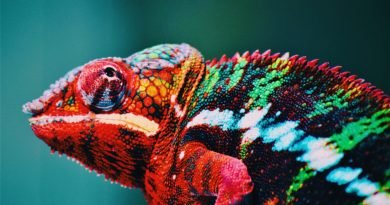Last modified on September 27th, 2020 at 10:33 am
Adding Aquatic features to your Garden: a Guide
Nothing makes your garden seem more relaxing on a sunny day than the sound of water and the sight of it glimmering in the sun across your lawn. Fountains, ponds and aquatic features of all shapes and sizes are great additions to any garden no matter the size. They can easily be adapted to fit into any garden and add interest and beauty to your landscape.
Before you go ahead and add a water feature, you need to do some planning to work out what it is you would like. Also, ask yourself, is it possible to build this yourself and what the commitment to the general maintenance you need for the upkeep of it is.
Containers make fantastic water features
Water features don’t have to be big to create a striking effect, and you can use anything that you have to hand whether this is an interesting container, basin, or even an old bathtub.
However, make sure the container you choose is waterproof and doesn’t have any drainage holes. Bear in mind the climate of where you live though as if you are prone to lots of cold icy weather, the container may crack. A brush-on sealant for the pot specifically made for aquatic gardening will be ideal for safeguarding against cracks.
Plants for the Water
Once you have designed and built your feature, you can now start to add plants to it to create interest and attract wildlife, which is great for children to observe. You can either choose from floating plants, marginal plants, or submerged plants. Floating plants are:
- Waterlilies
- Floating Hearts
- Fairy Moss
Marginal plants grow in varying levels of water and can grow near water or submerged in water. Examples of these are:
- Sweet Flag
- Water Snowflake
- Umbrella Palm
The submerged plants absorb carbon dioxide at night and add oxygen to the water by day and come in many forms, including:
- Water Violet
- Willow Moss
- Parrots Feather
Pumps and Filters
If you decide to add fish to a water feature, your container needs to be large enough to have a small pump and an aquarium filter to keep the fish at optimum health. A filter removes excess food, decaying matter and particles, and the fish waste product from the water, which is vital for the health of your fish.
A filter and pump are only needed when you add fish but a small pump with a fountain not only adds character, but it also keeps the water healthy by oxygenating it. Taking care of PH levels, the amount of ammonia in the water and algae are one of the most important matters. For ideal results and easiest measurements, it’s best to use a hanna ph meter. While that may sound overwhelming to a beginner, Hanna Instruments makes a wide range of affordable, accurate, and easy-to-use pH meters that are great for any aquarium hobbyist on any budget.
Add the Fish
Once you have the correct filters and pumps, you can add your fish. Small fish like goldfish, shubunkins, comets, and fantails like smaller pots as long as they have the right oxygen, water quality, and shade.
There are many features that you can add as they create a real centrepiece for any garden. You can be as simple or as elaborate as you want to be with these items, and when they are against the backdrop of nature, they look effective no matter what’s in them.




